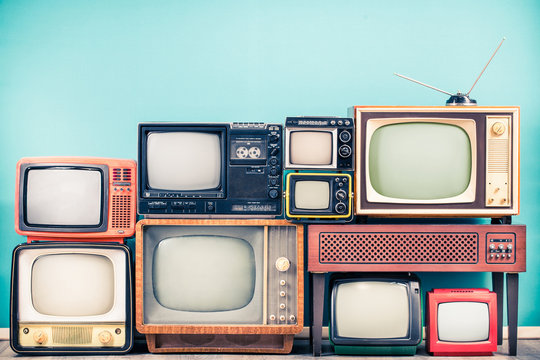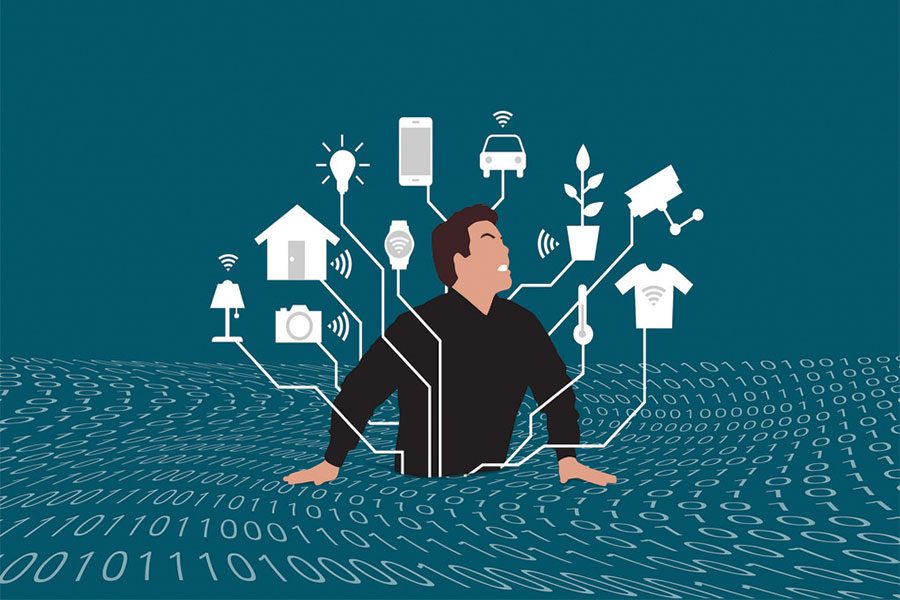The television has had such a massive effect on not only American, but society as a whole. Ever since the television was first produced in the mid 1900s, it has become very popular in all homes around the world, but especially the United States, with 98 percent of U.S. homes having at least one television set by the late 1990s. It has had a massive effect on how we socialize and what we talk about in conversation. Whether someone is watching traditional broadcast TV, cable TV, or streaming through the Internet or with DVDS and Blu-ray discs, television was brought to entertain and bring news to people all over the world.
The first concept of television was created in 1927 by a 21 year old inventor named Philo Farnsworth. Farnsworth. His idea was of a system that could capture moving images in a form that could be coded onto radio waves and then transformed back into a picture on a screen. On September 7th, 1927, Farnsworth camera tube transmitted its first image, which was just a simple straight line. This line was transmitted to another room in his lab in San Francisco, and to his surprise, it worked! Pem Farnsworth, Farnsworth's wife, restated in 1985 that his assistants were stunned, and were quoted saying, "There you are - electronic television!". Later in the year 1928, this massive breakthrough would headline in tons of popular and important newspapers around the world.By 1948, television production began to grow tremendously. Specifically, in July of 1948, there were about 350,000 television sets in the United States alone. Most of these televisions were in cities scattered along the eastern coast, with more than half of them being in New York City. At the end of 1948, nearly 2 million television sets were in American homes. These television sets gave owners a variety of stations that they could tune in to. People could watch movies on NBC, along with newscasts on NCBS TV news, which is now CBS. The next big innovation in television was that RCA introduced the first ever color television set. Although it was not as popular as they thought, this really started what he known now as the "Golden Age" of television. It continued its growth into the 60s and 70s, with cable TV becoming more popular than ever due to the concept of pay-service-cable became a thing. In New York City, customers would be able to watch local basketball and hockey games right from their TV with cable. Later on networks that would be specifically designed by a cable system started to appear on the market.
New technologies would start to appear over the course of the next few years. in the 1980s. videocassette recorders became available, which would give viewers the chance to record and replay programs of their choosing. The number of cable networks grew massively in the 90s, with not only there being an increase in broadcast networks, but also direct-broadcast satellite television multiplied channels that viewers would be able to watch. Another big part in the television timeline was that the federal government gave each television broadcaster an additional channel which introduced high-definition television, or HDTV.
Television has to be the most influential tool in all of history. It has given us the chance to watch some of the world's all-time moments. From the moon landing, to famous sporting events like the Olympics and World Cups and NBA finals, to many political moments, it has allowed us to expand our minds with information that we could not really get with just a book. It has allowed us to hear about news from all over the world, news that would be very hard to come by if we did not have it. We should all credit Philo Farnsworth for his work, because if not for him, we would not have most of the knowledge we have today.






No comments:
Post a Comment